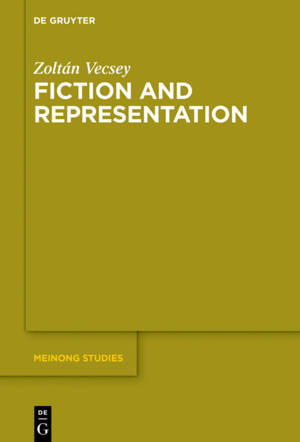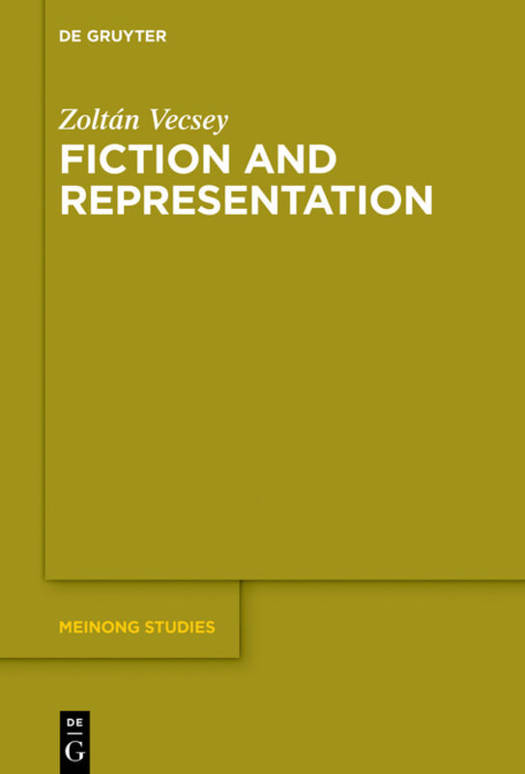
- Afhalen na 1 uur in een winkel met voorraad
- Gratis thuislevering in België vanaf € 30
- Ruim aanbod met 7 miljoen producten
- Afhalen na 1 uur in een winkel met voorraad
- Gratis thuislevering in België vanaf € 30
- Ruim aanbod met 7 miljoen producten
Omschrijving
One of the basic insights of the book is that there is a notion of non-relational linguistic representation which can fruitfully be employed in a systematic approach to literary fiction. This notion allows us to develop an improved understanding of the ontological nature of fictional entities. A related insight is that the customary distinction between extra-fictional and intra-fictional contexts has only a secondary theoretical importance. This distinction plays a central role in nearly all contemporary theories of literary fiction. There is a tendency among researchers to take it as obvious that the contrast between these two types of contexts is crucial for understanding the boundary that divides fiction from non-fiction. Seen from the perspective of non-relational representation, the key question is rather how representational networks come into being and how consumers of literary texts can, and do, engage with these networks. As a whole, the book provides, for the first time, a comprehensive artefactualist account of the nature of fictional entities.
Specificaties
Betrokkenen
- Auteur(s):
- Uitgeverij:
Inhoud
- Aantal bladzijden:
- 198
- Taal:
- Engels
- Reeks:
- Reeksnummer:
- nr. 9
Eigenschappen
- Productcode (EAN):
- 9783110646801
- Verschijningsdatum:
- 17/06/2019
- Uitvoering:
- Hardcover
- Formaat:
- Genaaid
- Afmetingen:
- 156 mm x 234 mm
- Gewicht:
- 485 g

Alleen bij Standaard Boekhandel
Beoordelingen
We publiceren alleen reviews die voldoen aan de voorwaarden voor reviews. Bekijk onze voorwaarden voor reviews.











